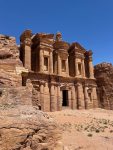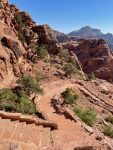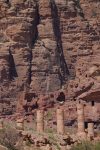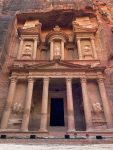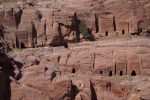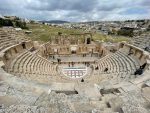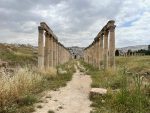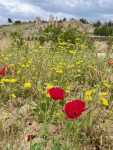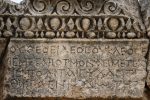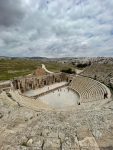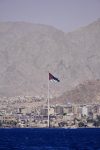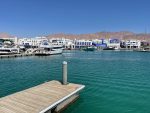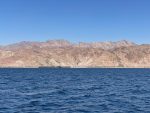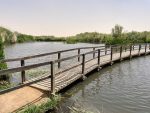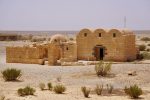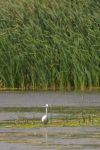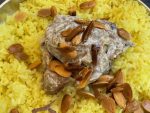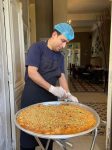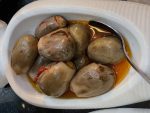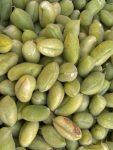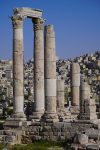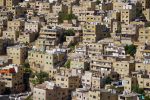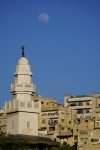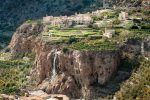Photo credit: Jake Smith
Six Top Experiences in Jordan
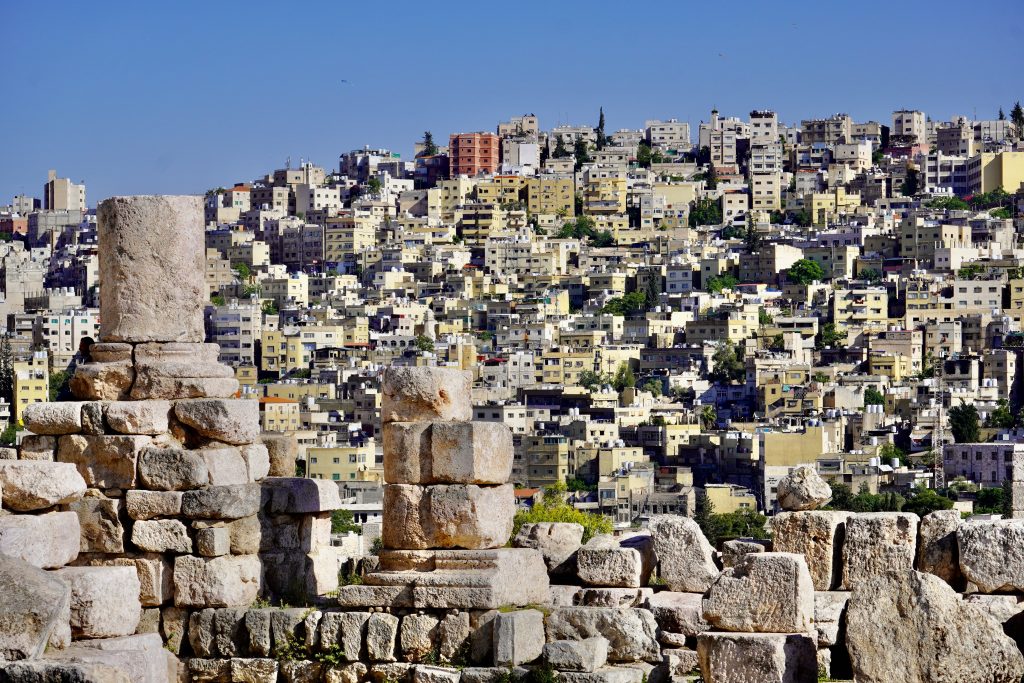
Jordan is a top destination for travelers – and rightfully so. The country, though relatively small, is home to six separate UNESCO World Heritage Sites covering Biblical, Greek, Nabataean, Roman, and Arab architecture and archaeology. You can snorkel over pristine tropical reefs in the Gulf of Aqaba in the morning, float in the Dead Sea at noon, and be in a pine forest in the hills around Ajloun by evening. It is an amazingly diverse and historical place. MIR’s Jake Smith recently had the opportunity to travel through Jordan. Here he shares his six favorite experiences in the country, including a few that are off the beaten path.
1. The Backdoor to Petra
What is it?
The “backdoor” to Petra is five-mile path starting at Little Petra (Petra’s smaller neighbor) and ending at the Monastery (the outermost monument within the main Petra site).
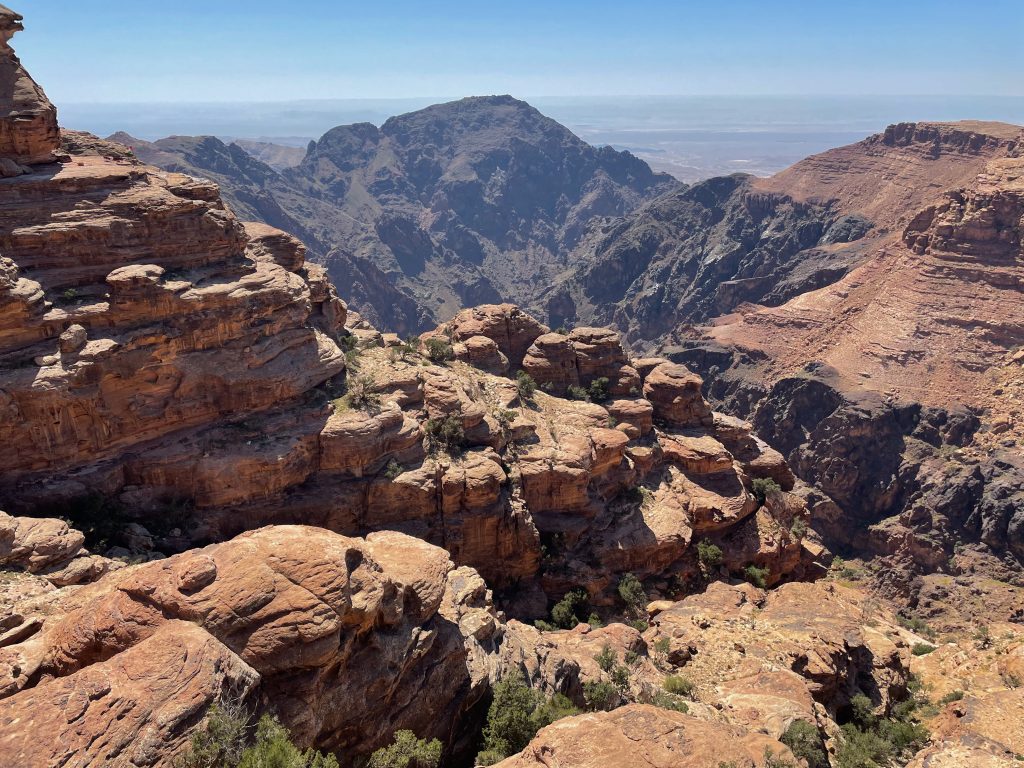
Why visit?
Approaching Petra in this way, you’ll minimize your exposure to the crowds that flock to the main monuments like the Treasury and the Royal Tombs. The well-maintained trail passes through breathtakingly beautiful desert and mountain scenery. It is also a good way to get a sense of the terrain, the flora, and the fauna that surround the ancient Nabataean city.
Tips
I visited the Treasury through the main entrance to Petra early in the morning, when the light at the Treasury is best but the crowds are at their worst. Then right after lunch I did the “backdoor” hike. This got me to the Monastery in the late afternoon, when the light there is best. The morning crowds had dissipated by then, and it almost felt like I had the place to myself as I walked back down the main route past the Royal Tombs, Treasury, and Siq. I was pretty exhausted by the end of the day though, so a more relaxed approach would be to spend two full days at Petra, approaching the sight from the main entrance on one day and from the “backdoor” the next.
(click image to view larger photo)
2. Jerash
What is it?
Jerash is an ancient Greek and Roman city, known in antiquity as Gerasa. The site boasts two amphitheaters, a colonnaded street, a plaza, temples, and many other monuments. It is often compared favorably with similar sites in Italy, Greece, Turkey, and elsewhere.
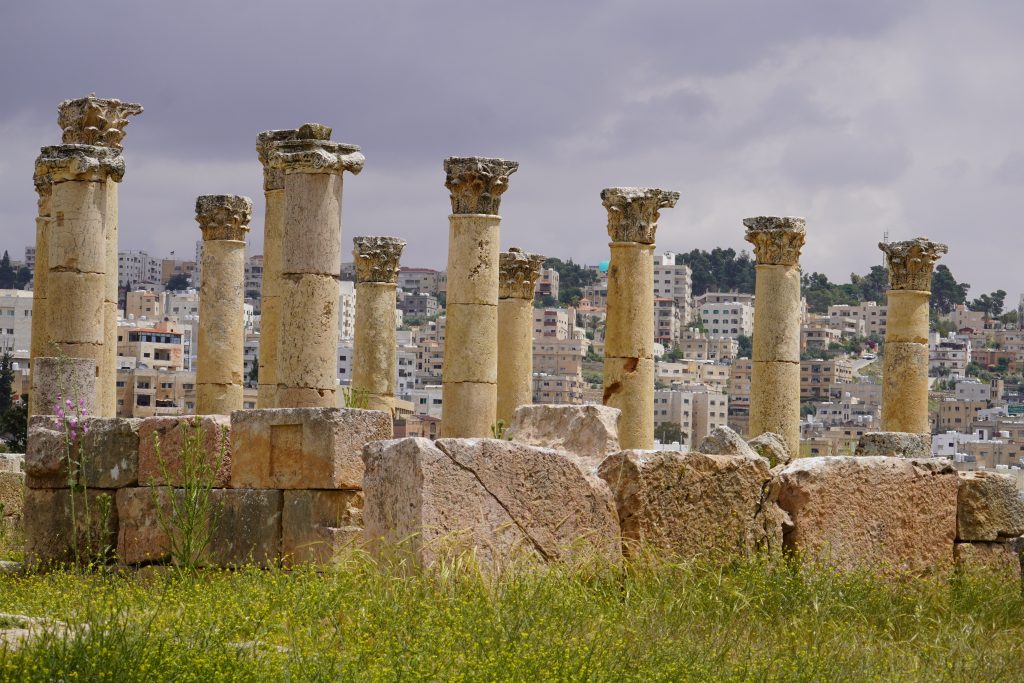
Why visit?
The colonnaded streets, amphitheaters, temples, and other ruins at Jerash are truly impressive, some of the best on the planet. The site is spread out enough that it doesn’t feel crowded. Jerash is a short drive from Amman and it makes for an easy day trip, also allowing you to see some of the forests and agricultural lands that cover northwestern Jordan.
Tips
I visited in early May and the ruins and the surrounding countryside were covered in wildflowers. The red poppies especially really added to the beauty of the site. I also recommend leaving the main pathway. There are multiple side paths that you can take to visit smaller areas of ruins and to get a different view of the main structures.
(click image to view larger photo)
3. Snorkeling off Aqaba
What is it?
There are a range of snorkeling sites within a 30–45-minute boat ride from Aqaba. The waters here are home to tropical corals and diverse fish species. I went to King Abdullah Reef.

Why visit?
Most people think of Jordan as a destination for history and desert scenery. The country’s tiny, 17-mile-long stretch of coastline on the Gulf of Aqaba is not even immediately apparent unless you look closely at the map. So, being able to hop in the water, snorkel, and see some world-class coral reefs adds nice contrast to a traditional Jordan itinerary.
Tips
Bring an underwater housing for your phone so that you can take pictures. Visibility is typically excellent throughout the year in the Gulf of Aqaba. Water temperatures are quite warm and most people will not need a wetsuit from May to December. Even from January to April you may not need one unless it is windy or the air temperature is cool.
(click image to view larger photo)
4. Azraq Wetland Reserve and Qusayr Amra
What is it?
Located in the desert east of Amman, Azraq is home to one of Jordan’s best habitats for birds: Azraq Wetland Reserve. The nearby UNESCO-listed 8th-century Umayyad frescoes at Qusayr Amra are also well worth a visit.
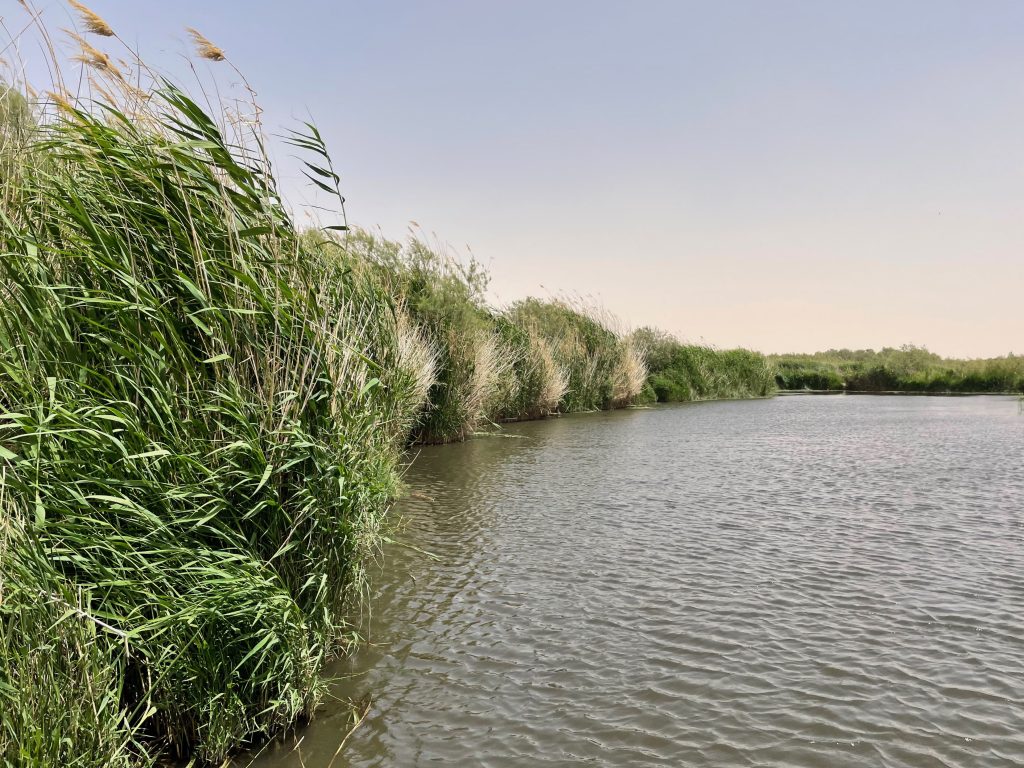
Why visit?
Azraq Wetland Reserve is something of a surprise. It lies in the middle of a harsh desert, yet is home to lush waterways and to a diversity of birds including waterfowl, herons, and egrets. Over three hundred species have been seen here! Water buffalo, frogs, and geckos also inhabit the reserve. Two peaceful trails wind through the reeds and tamarisks, with several bridges across ponds and wildlife blinds available for visitor use.
Nearby Qusayr Amra is a small but truly amazing sight. While underwhelming and seemingly unadorned from the exterior, the frescoes on the walls within date back to the Umayyad dynasty (the 8th century CE). They depict scenes from daily life and are still vibrant and colorful. The site has been listed by UNESCO because of these frescoes.
Tips
Neither Qusayr Amra nor the Azraq Wetlands are likely to be crowded – this part of Jordan is a bit more off the beaten path. Birding at the wetlands will be best in the morning, but even an afternoon visit is worthwhile. The two sites are located near one another. MIR can arrange for both to be visited as a day trip from Amman, or you can stay overnight in Azraq if you want more time at the wetlands. For history buffs, Azraq Castle and Qasr al Kharranah are two other interesting archaeological sights located in the vicinity of Azraq.
(click image to view larger photo)
5. Jordanian Cuisine
What is it?
Jordanian cuisine is a part of the Levantine culinary continuum, stretching across Lebanon, Syria, Israel, and Jordan. Dishes are often complex, using seasonal fruits and vegetables, grains, dairy products, spices, and meats. Meals involve a range of mezze (appetizers), salads, soups, a main course, and dessert. Many dishes are famous around the world – kebabs, hummus, falafel, etc.
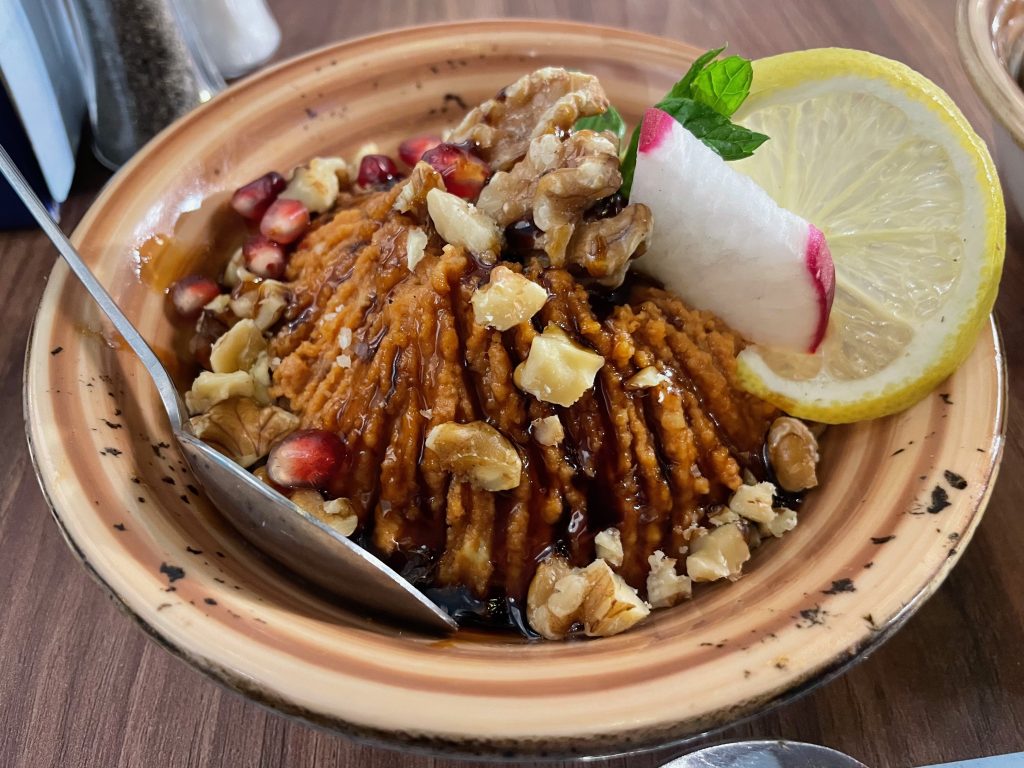
Why visit?
There is so much more to Jordanian cuisine than the staples known around the world. Whether you are visiting a fine dining restaurant in Amman, an outdoor café with live oud music, or indulging in some street food, Jordanian cuisine is a highlight in and of itself. Every meal I had was enjoyable, and most were memorable.
Tips
Try mansaf, Jordan’s national dish. It involves slowly cooking lamb in a sauce made from dried and then rehydrated yogurt, served atop rice and topped with nuts. Another common dish is kofta bil tahina – a minced meat kebab baked with a sauce made from ground sesame seeds (tahini) and lemon juice. This is especially excellent with freshly baked flatbread to mop up the tahini sauce.
A street food specialty for vegetarians is ful, mashed or whole fava beans served with a range of toppings including lemon juice, olive oil, herbs, onions, and spices like cumin and chili powder. Most places let you add your own seasonings so that the dish can be crafted to your tastes. Also on the legume front, in the spring fresh chickpeas are often available in markets and from vendors in the streets. They are eaten as a snack, popped and enjoyed straight from the pod. Vegetarians should also look out for my personal favorite, makdous: pickled eggplants stuffed with nuts and chili paste.
Finally, while baklavas are an excellent and ubiquitous dessert, give the more unusual kunafa a shot as well. It consists of a layer of cheese topped with a layer of “string” pastry. It is baked until golden brown and then a flavored syrup is drizzled on top. It is both crispy and gooey. It sounds a bit odd, I know, but you won’t regret trying it. It goes down well with a small cup of strong, cardamom-laced Jordanian coffee.
(click image to view larger photo)
6. Amman
What is it?
Amman is the lively capital city of Jordan, known in ancient times as Rabbat Ammon and Philadelphia. It is currently home to over four million people.
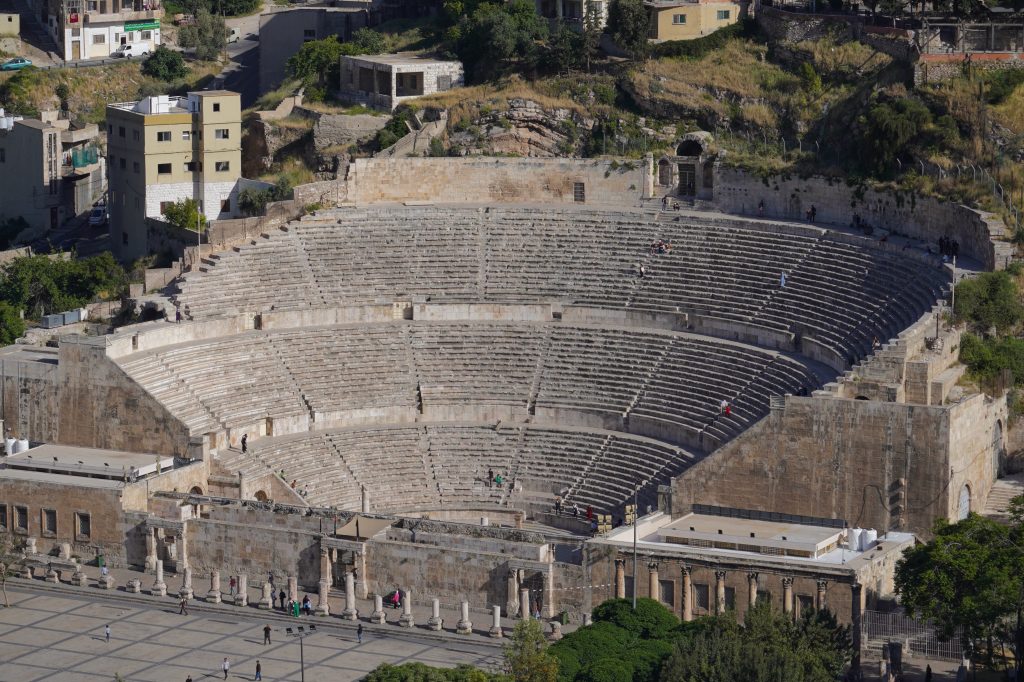
Why visit?
Whether it is on your bucket list or not, you will most likely be passing through Amman on your way to other sights in Jordan. That said, a couple of days in the city can be a highlight as well. Amman is both hip and traditional at the same time. The resulting amalgamation is vibrant and captivating. You won’t be bored here. One can explore ancient Roman ruins in the morning, seek out modern street art in the afternoon, and end the day with an excellent meal accompanied by a craft beer or coffee. Amman’s hilly terrain also makes it an attractive city, with wide views out over mosques, neighborhoods, and monuments.
Tips
Don’t limit yourself to daytime exploration. Rainbow Street, Jebel Lweibdeh, and other areas come alive at night as locals and foreigners alike head out to stroll, eat, and drink. Also, definitely visit the Amman Citadel. The views out over Amman are the best in the city and are just as much a reason to visit as the ruins. On entering, look just left of the main entrance for excellent views down to the Roman Amphitheater.
(click image to view larger photo)
Travel to Jordan with MIR
MIR currently offers two private Jordan itineraries. Essential Jordan covers the highlights including Amman, Petra, Jerash, Wadi Rum, and plenty of good Jordanian cuisine. Active Essential Jordan covers most of the same sights but with a more active focus, including the “backdoor” hike to Petra and a day exploring the Dana Biosphere Reserve. Both itineraries are eight days long. Our expert travel planners can also craft an itinerary just for you and your traveling companions, matching any desired activity level or set of interests.
Chat with one of our destination specialists now!
